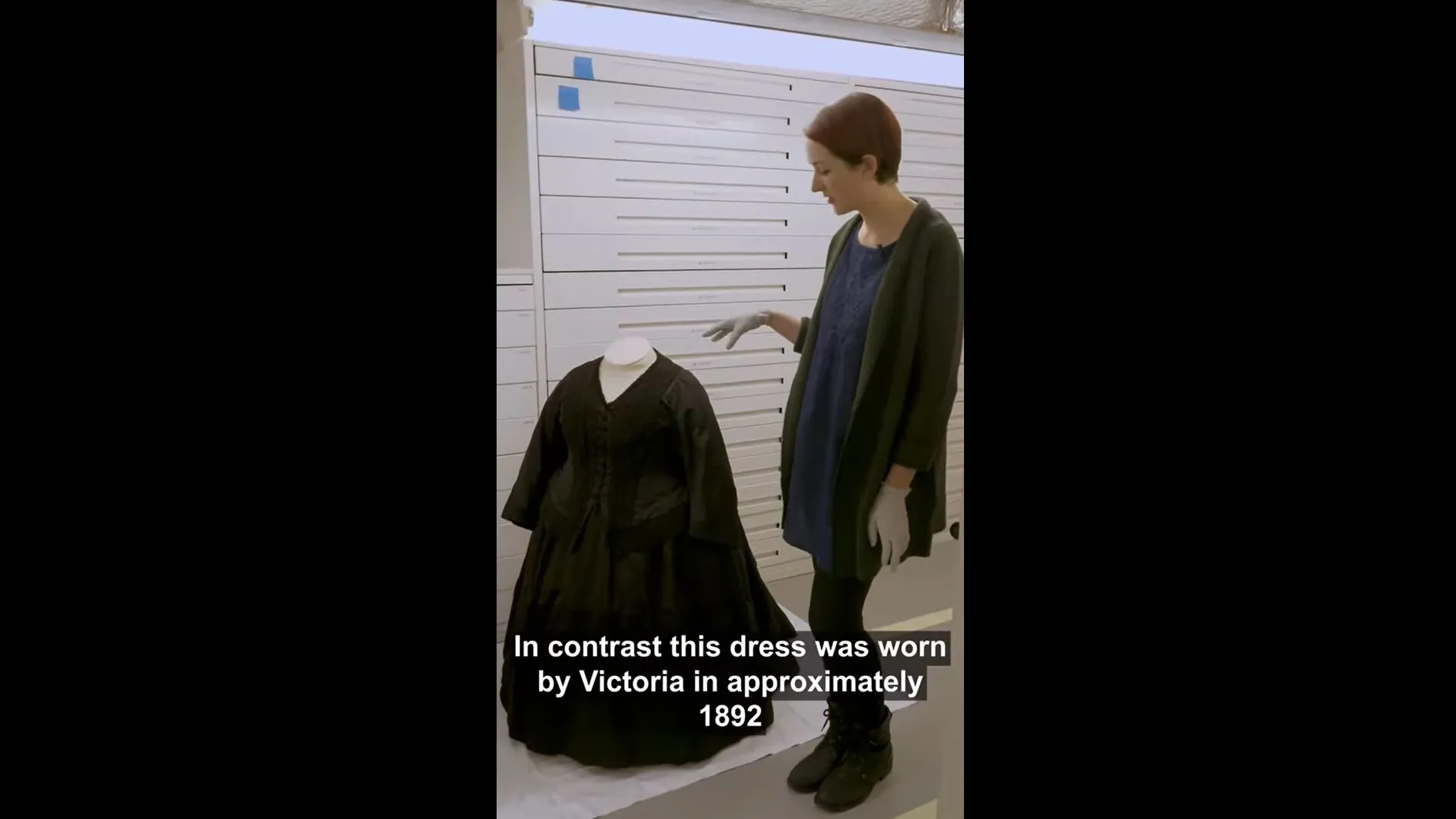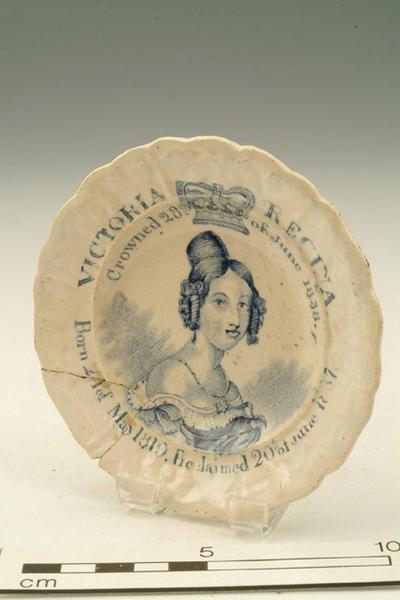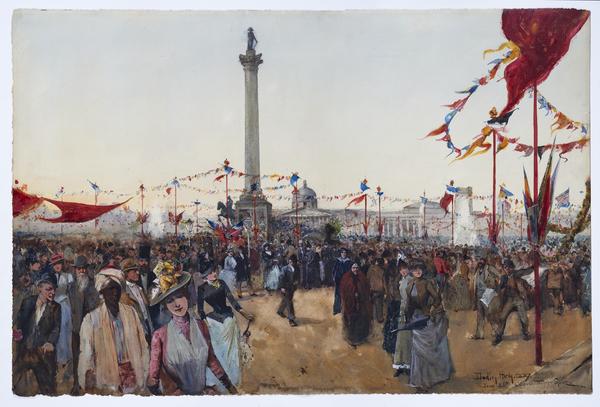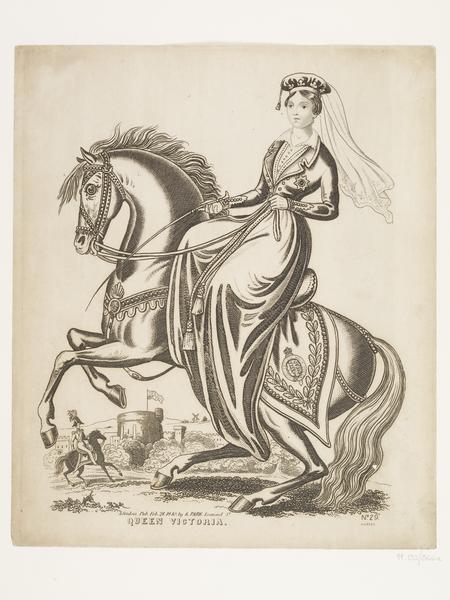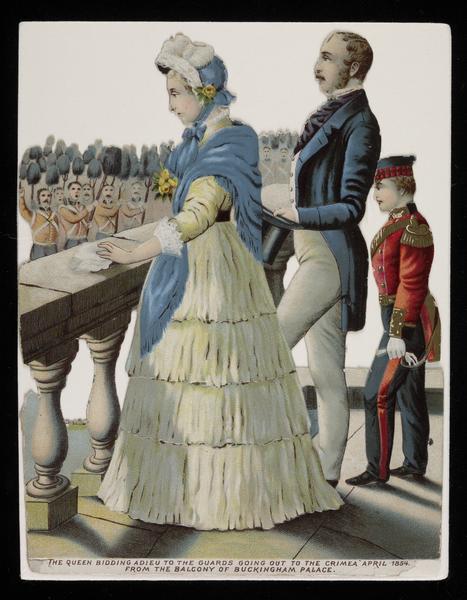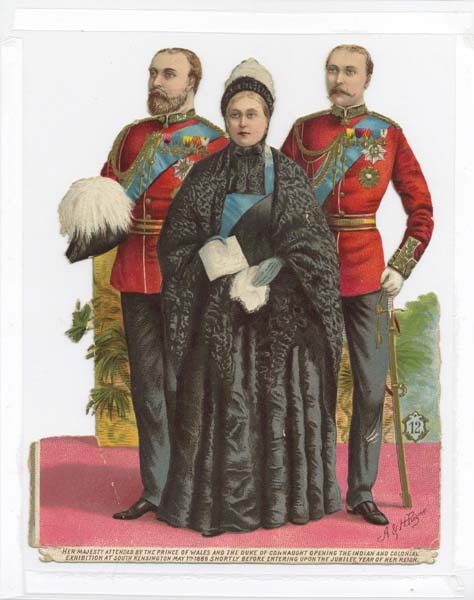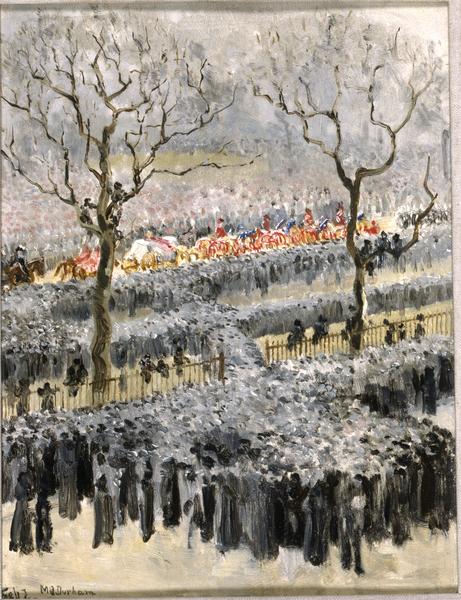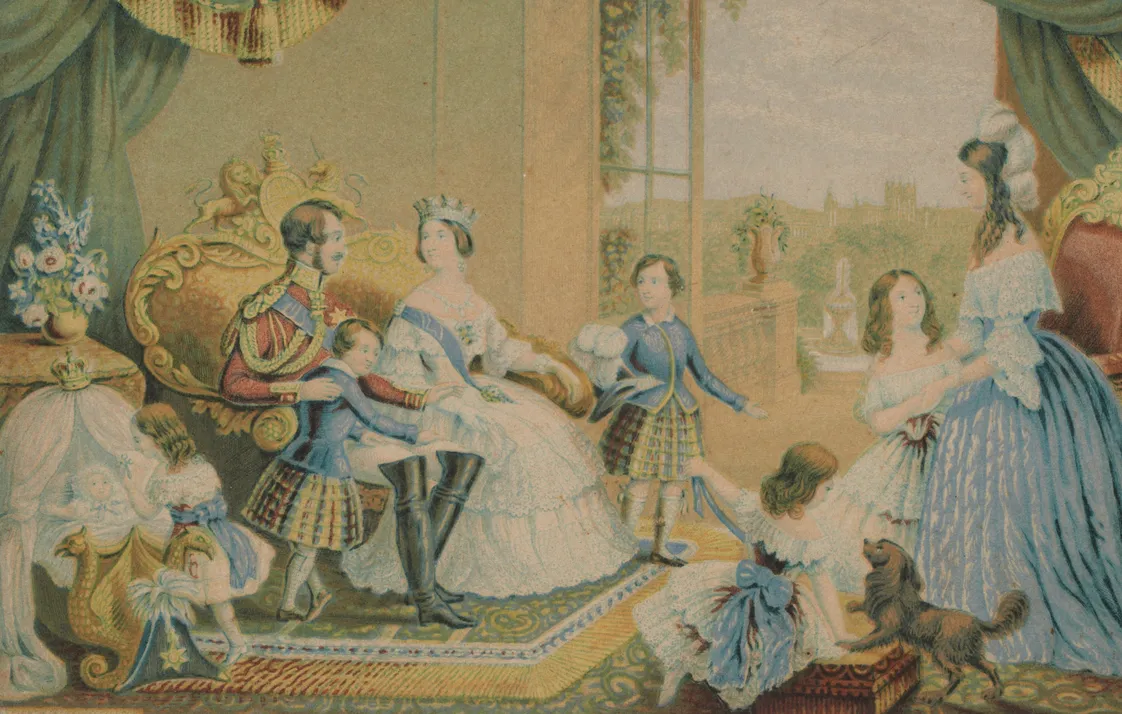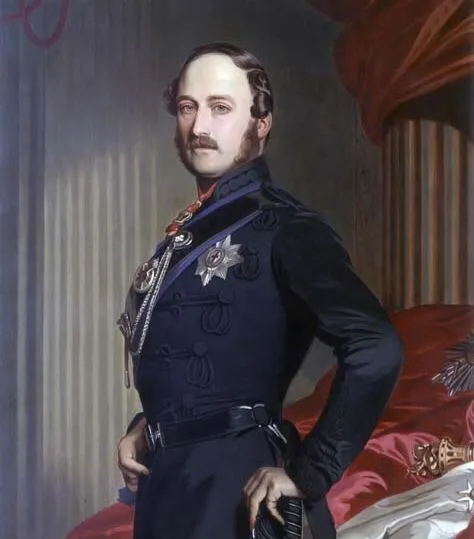The long reign of Queen Victoria
During Victoria’s 63 years as Queen, British society and industry rapidly changed. Its empire was also exploited for wealth and resources – which benefited Britain greatly.
1819–1901
1837–1901
The queen who defined an era
18-year-old Alexandrina Victoria became Queen in 1837. Back then, London had no underground rail network. People lit their homes with gas lights or candles. And they could still witness public executions on the streets.
Victoria ruled over one of the most intense periods of change in British industry, politics, society and empire. Journey across London and you’ll see the park, museum, docks, tube line and many roads named after her to mark her rule.
The coronation of a new kind of queen
Victoria’s coronation took place in Westminster Abbey on 28 June 1838, a year after the death of her uncle King William IV. Up to 400,000 people came to London to catch a glimpse of her coronation procession through the streets.
The coronation marked a new era of a constitutional monarchy, where a king or queen’s role is separated from the governing role of political parties. But privately, Victoria still influenced politics. She had a mixture of turbulent and favourable relationships with the country’s prime ministers.
“She became a symbol of Britain’s far-reaching imperial power”
Victoria and the British Empire
To boost her own prestige, Victoria pressed the British government to give her the title of empress of India in 1876. This tied the monarchy and the British empire closer together. She became a symbol of Britain’s far-reaching imperial power, a figurehead linked to the events and imagery of the empire.

Commemorative plate showing the figure of Britannia in between portraits of Victoria and her son Edward.
This souvenir plate in our collection features both her portrait and illustrations showing the scale of the empire’s size and wealth. Britannia is flanked by her ‘subjects’ in Australia, Canada, India and Cape Colony (an area of South Africa). The British empire’s gains meant violence and brutal losses to lives and livelihoods for other nations and peoples.
Domestic life with her husband, Prince Albert
Victoria married her first cousin, Prince Albert, in 1840. They had a loving marriage that resulted in the birth of nine children – even though she thought babies were “rather froglike”. The couple presented an idealised version of family life. They even established many family Christmas traditions still enjoyed today, such as decorating the Christmas tree.
Despite having the influence of a queen, Victoria’s strong belief in family values meant she supported the ‘separate spheres’ view of society. This stated that men and women had distinct yet important duties: men took a public role, women focused on their domestic role. She didn’t believe women should have the right to vote and was opposed to the “mad, wicked folly of ‘Woman’s Rights’”.
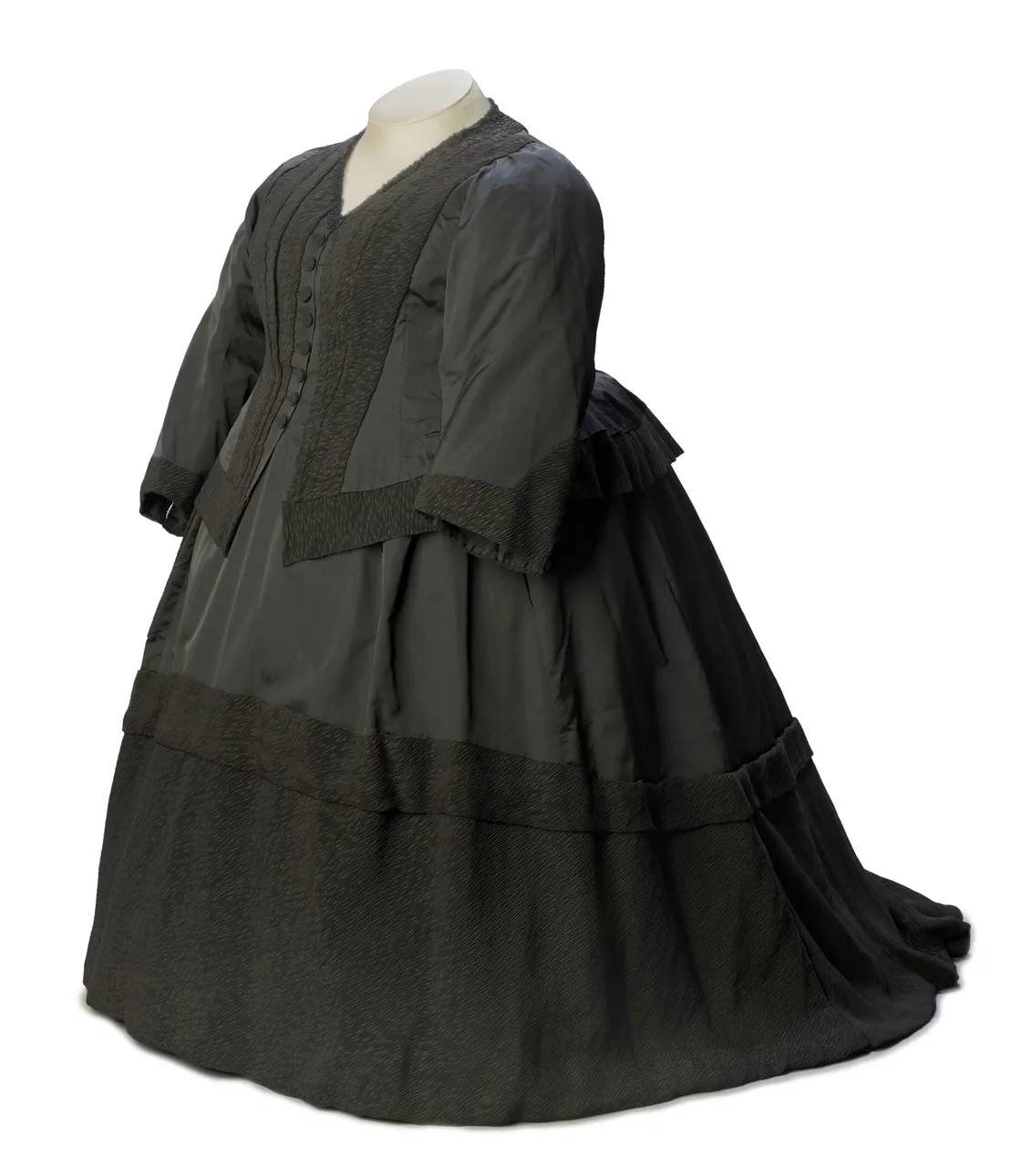
Victoria's mourning dress, made from black silk taffeta and embellished with layers of black silk mourning crepe.
Her “beloved Albert” died in 1861 aged 42, probably of typhoid. Overwhelmed with grief, Victoria withdrew from public life for a decade. She wore black mourning clothes for the rest of her life.
The second-longest ruling monarch in British history
Victoria ruled over Britain for 63 years. Only her great-great-granddaughter, Queen Elizabeth II, ruled longer. During this time, Britain rapidly changed. She was the first British monarch to travel by train. Her profile was on the world’s first postage stamp, called the Penny Black. We don’t think twice about light bulbs and telephones nowadays, but back then they were exciting new additions to the royal home.
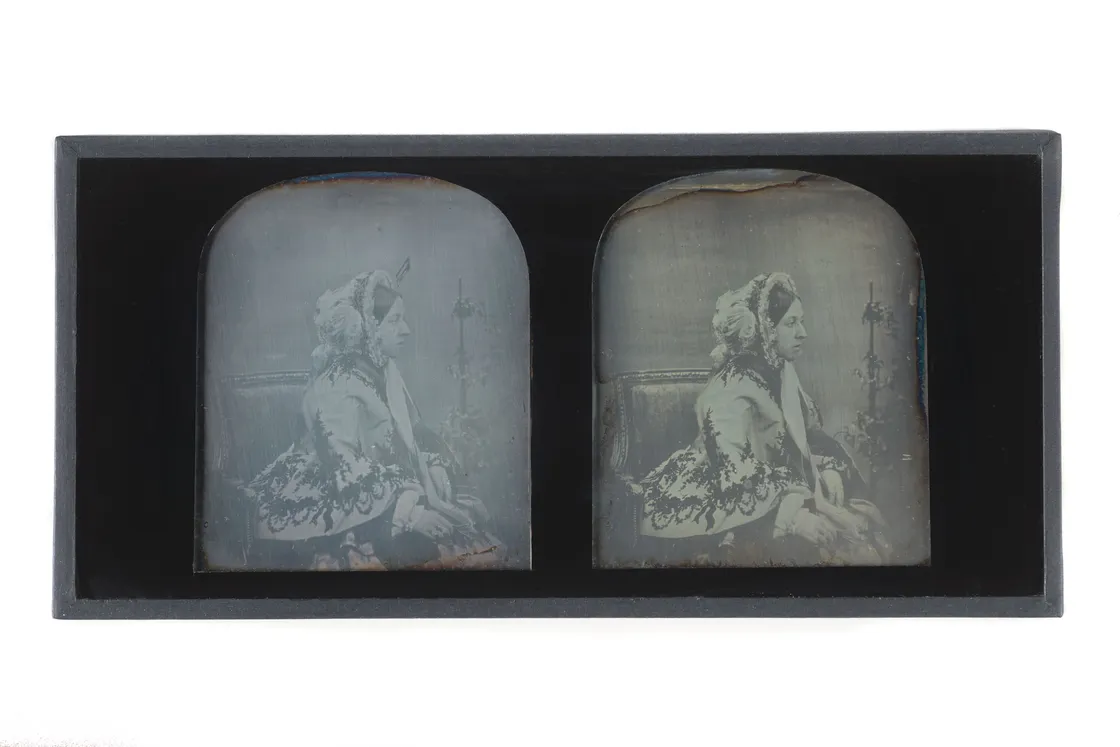
Daguerreotype of Queen Victoria.
Victoria and Albert were also early adopters of a cutting-edge photographic invention for their portraits: stereoscopic daguerreotypes. When viewed through a special device, these images look three-dimensional. This 1842 daguerreotype of Prince Albert is the first known photograph to have survived of a British royal.
London celebrated her Golden and Diamond Jubilees
Queen Victoria emerged from her grief for public celebrations of her Golden Jubilee (1887) and Diamond Jubilee (1897). She was greeted by enthusiastic crowds who gathered to watch the royal procession through London’s streets.
The spectacular pageantry of Victoria's jubilees enhanced the popularity of the monarchy and established a tradition recognisable today.
Her portrait was also printed across souvenirs, like these commemorative cups, plates and jugs in the collection.






